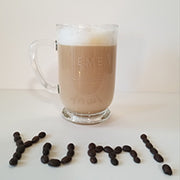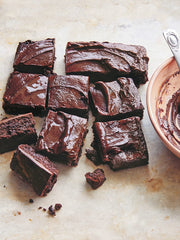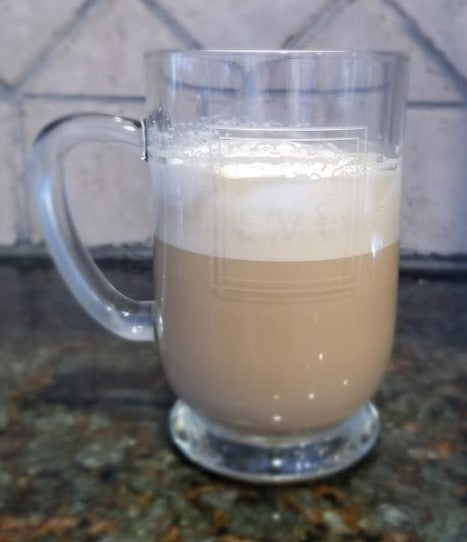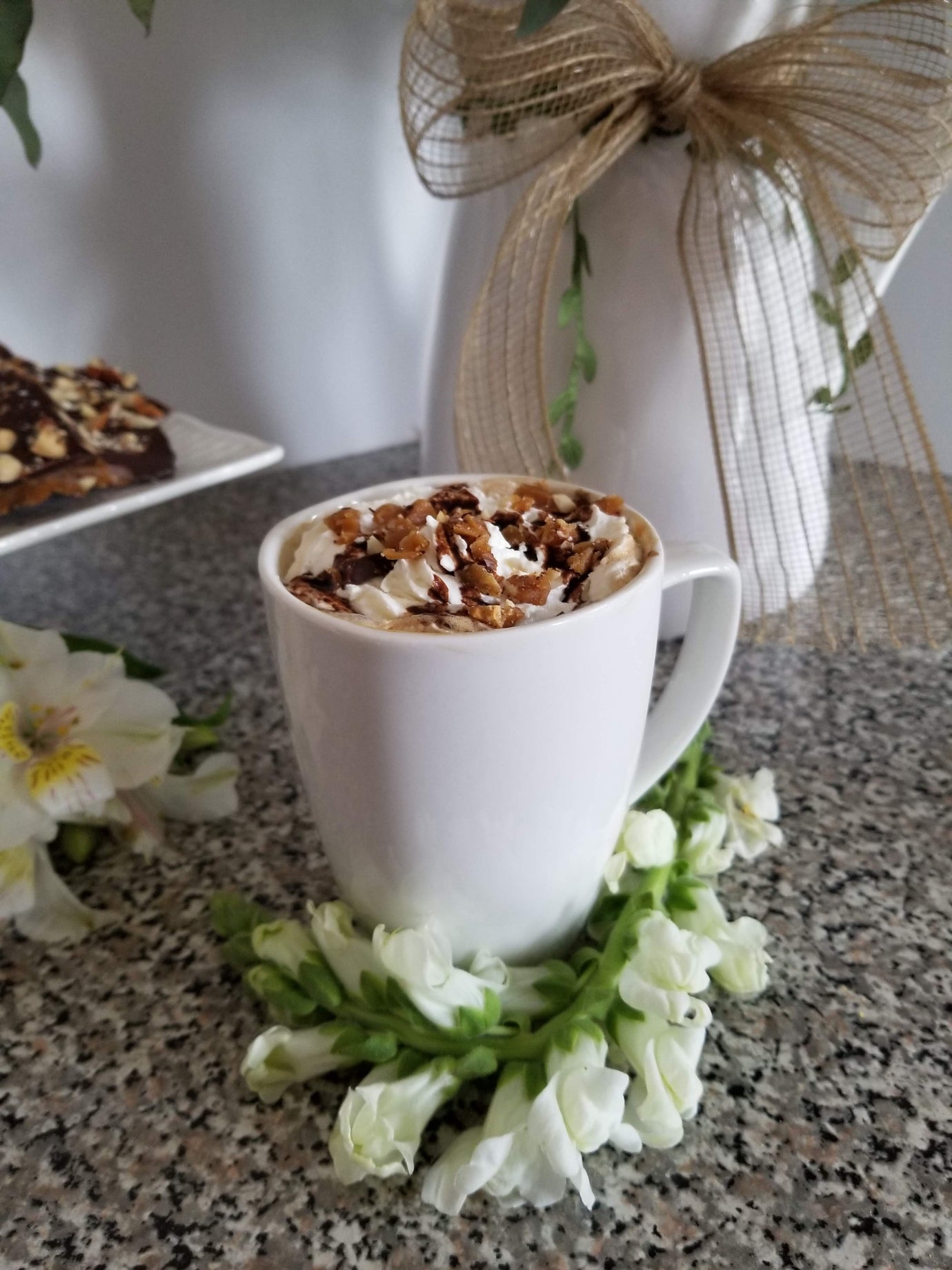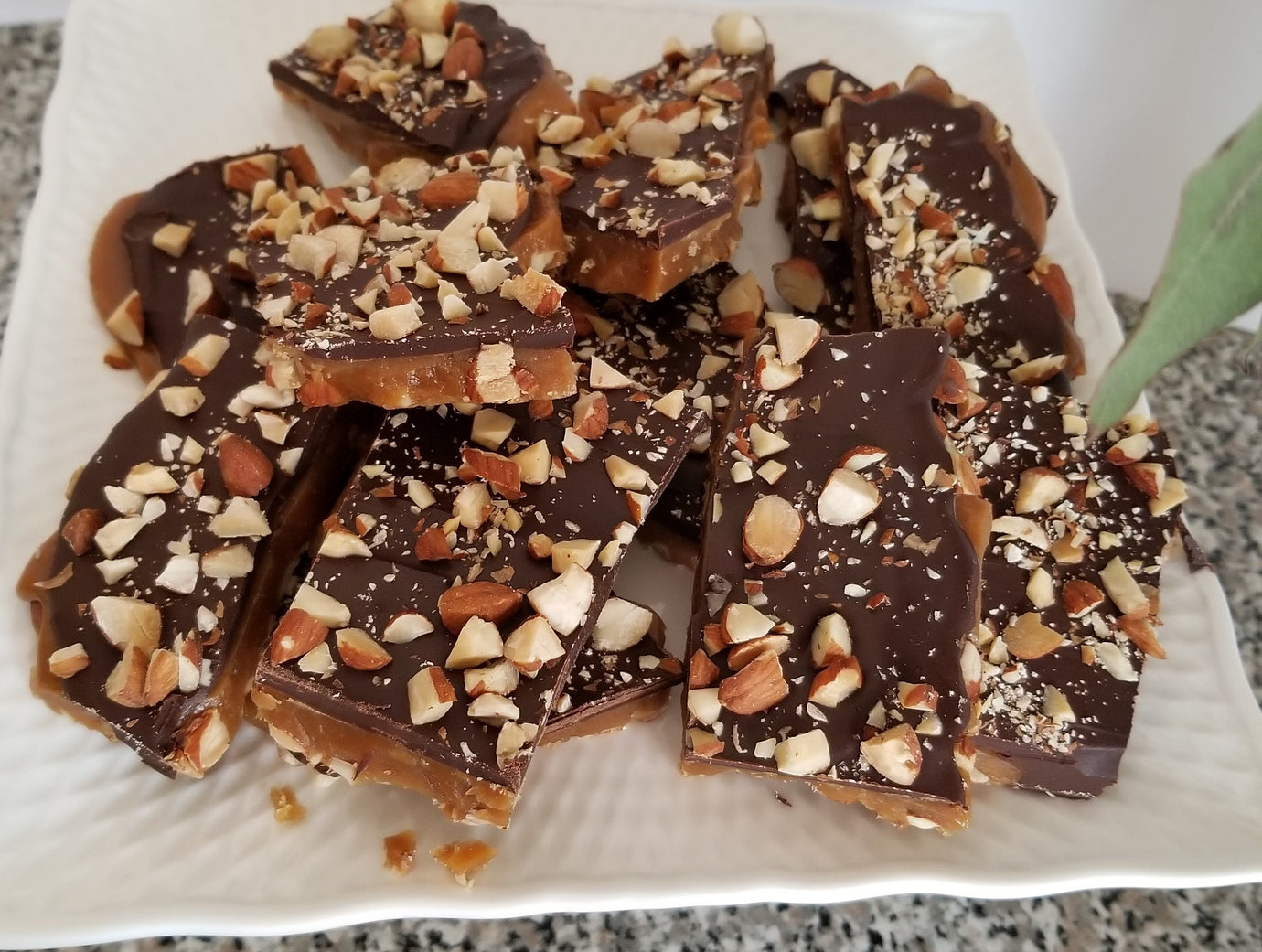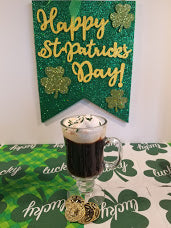Summer Italian Coffee Recipes
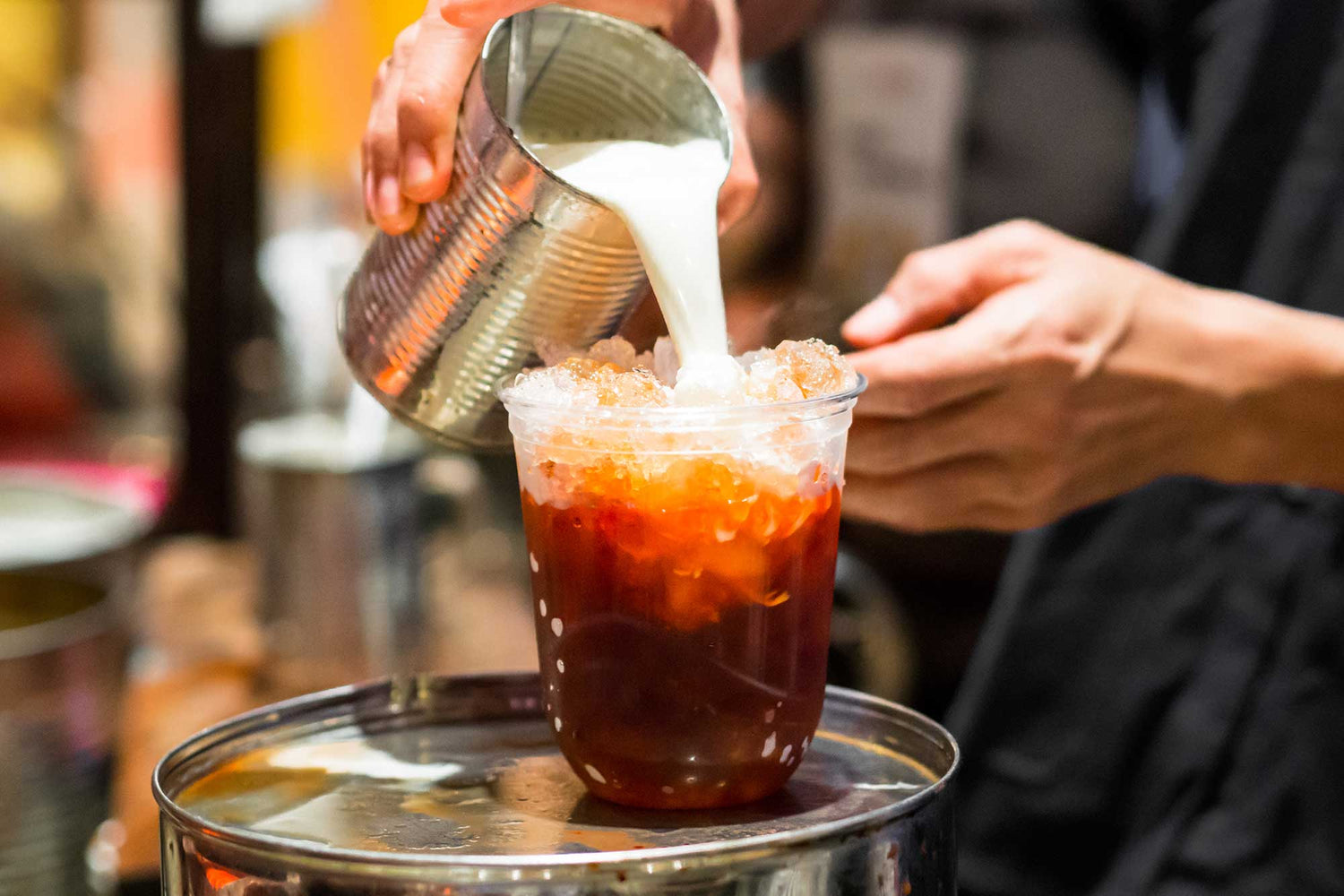
Italy has a long tradition of coffee drinking. From the very first opening of a coffee house in Europe, in Venice in 1629, to the invention of espresso and the mocha pot, you can expect coffee to have a deep influence on the Italian culture.
That includes dealing with the hot season. Italians have developed plenty of recipes to cope with the torrid Mediterranean summer over the centuries. From the land of the flavorful gelato and strong espressos, you’d expect nothing less than a vast choice of great cold coffee.
There are many regional differences in Italy. The coffee culture isn’t an exception. What follows is a list of some of the best summer Italian coffee recipes you may find throughout the country. Keep in mind that due to these regional differences, sometimes quite stark, one of more of these recipes can be found only in a specific area of Italy. Don’t be surprised to go to a bar and not find what you have read here. What is popular in Milan may be unknown in Rome and what is part of the coffee culture in Naples may be unheard-of in Venice.
With that said, let’s explore some of the most popular summer Italian coffee recipes.
Crema Caffé
This is a very old drink. Actually, it’s more than one. The original “crema caffé” was one of the first names given to the espresso, due to the “crema”, foam in Italian, that the pressurized method of brewing gave to the black coffee. It is mostly not used anymore to indicate an espresso in Italy but can be still heard in Switzerland or Germany, where the name stuck since the early espresso times.
What we are talking about instead is the cold, iced, version, perfect for summer, drunk throughout Italy today. It is a very creamy version of an espresso but may be ordered as a double or even a lungo. It is obtained through a special machine that mixes cream, sugar and coffee for a few minutes, until the final result is frothy, white/light-brown mixture. It is mostly served straight and with a teaspoon, as it is more eaten than drunk. Popular is also adding a scoop of whipped cream on top and grated nutmeg or cocoa powder.

Caffé Affogato
Perhaps the most popular of this summer Italian coffee recipes outside of Italy, a good Affogato mixes two of the best products of Italy: espresso and gelato.
It has as many variations as you may think of, but the original recipe calls for a scoop or two of good vanilla ice cream over a strong espresso, usually without added sugar. Affogato means drowned in Italian and refers to the state of the espresso, “drowned” by the ice cream.
Nowadays the opposite is also popular, espresso over ice cream. Different tastes of ice cream can be used, hazelnut or chocolate for instance, and even making it an alcoholic drink with a shot of Amaretto, Bicerin or other nutty and sweet liqueurs. The possibilities are truly infinite here.

Granita al Caffé
Speaking of ice cream, the predecessor of it was a slurry of ice with added flavors. Ancient Egyptians used to mix fruit juices with crushed ice to refresh themselves, and the tradition over the centuries moved north, reaching Sicily somewhere around the Middle Age. There the “granita” was born and became massively popular throughout Italy. Most bars, especially in southern Italy, have machines that constantly crush and mix ice with anything from juices, to milk and coffee, ready to be served to customers.
Granita al caffè is simply the version of granita made with coffee. Sweetened coffee, usually. It is eaten more than drunk as it is after all just frozen coffee, crushed thin. It is served in small, plastic, cups with a spoon, but fancier bars can serve it in glasses, with added chocolate and sometimes a flavored syrup to make it sweeter.

Espresso Freddo Shakerato
Another take on the frozen coffee, espresso freddo shakerato is a widespread summer Italian coffee recipe that can easily be found anywhere in Italy. It consists of a double espresso, sugar (about 4 teaspoons) and 4-5 ice cubes. Put them in a mixer and let the machine work until it all becomes a slurry. Simple and effective in refreshing yourself in hot weather.
Most of the time the espresso freddo shakerato is served straight but occasionally some whipped cream, cocoa powder or ground coffee is used as a topping. The amount of coffee can vary a lot too. If you’re asking for an espresso freddo shakerato, the quantity should be close to a single or double espresso. For more coffee, you can ask for a “café lungo shakerato”.

Caffé Mandorla
Translating to “almond coffee”, it is not simply a coffee with added almond milk. Italians mostly drink their coffee black or with very little milk added, and this is no exception.
Caffé Mandorla refers to a summer Italian recipe that merges almond milk with coffee, both cold. Usually coffee here is from a moka pot but can be a longer espresso, more or less filling half the glass. Let it cool down until it is at ambient temperature, then add 4-5 large ice cubes made with almond milk on top. That will make it a cold, summer, drink. Almond milk can be substituted with orgeat, a Mediterranean beverage based on almond milk but with added vanilla flavoring and generous amounts of sugar. It’s denser, syrup-like, than almond milk and works very well with a strong Italian coffee.

Caffé del Nonno
In Italy anything that has the “del Nonno” in the name is usually sweeter and more nourishing than the normal recipe. It translates to “of the grandfather” and is used in many recipes, food and drinks as well, meaning a variation for the elderly of the basic recipe.
Regarding coffee, “del Nonno” is a shaked coffee with sugar and generous amounts of cream (170 ml for 2-3 espresso). Shake it all until perfectly mixed and let it cool down in the fridge for at least 1 hour. It is served with a biscuit on or in it, with multiple possible toppings (whipped cream and cocoa powder being again the most popular).
It has a massive amount of variations throughout Italy, so be open to being served a quite different drink too.

Coviglia al Caffé
“Coviglia” is a typical recipe from Naples. It is made in many flavors and is served as a cold, refreshing cream to finish off a large meal. It is done with strawberries, vanilla, chocolate and, of course, with coffee.
First, mix sugar with egg yolks until frothy. About 100 g of each will do. Then whip 180 ml of cream with 30 g of sugar until firm. Then mix it all together, slowly as to not break down both creams, with a glass or two of coffee. Chill down in the fridge for 2-3 hours and serve with a coffee bean on top. The result is similar to a good coffee gelato, very creamy, and can be used to top a dessert or even another cold coffee (making it similar to an affogato).

Mezzo Freddo
A typical recipe from eastern Sicily, it means “half cold”. The name refers to the fact that it is a variation of the granita al caffé where the coffee isn’t as cold as there. The instructions are the same as with the granita but before serving it, leave a few minutes outside of the freezer, let it melt a bit (the “half” of the name) and mix it again.
The result will be a somewhat melted cold coffee with crushed ice, often served with a scoop of whipped cream, making it a “macchiato mezzo freddo”.
Not the most popular recipe outside of Sicily but if you can find it, it’s delicious.

Frappé al Caffé
The name may remind you of the Frappuccino of USA west coast tradition but it’s a stripped down version of it. Italians don’t like that many ingredients with their coffee so you could expect the same for this recipe.
It is simply a milk with coffee ice cream, sugar and black coffee mixed together until a slurry. It is often served straight and drunk with straws, like a Frappuccino, but is rarely if ever flavored with syrups or marshmallows or cookies of any sort. Simply coffee, milk, sugar and ice cream. Straight and good.



